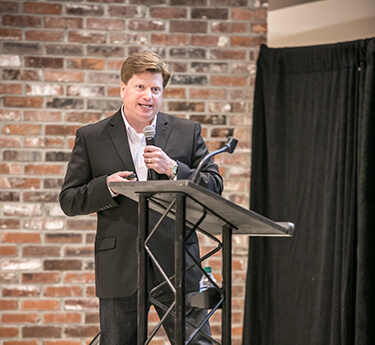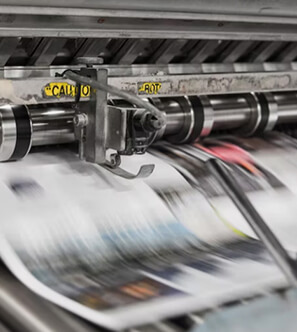Episode 155

See how intelligent worktech can help your organization drive more value.
Episode 155

Episode 154

Episode 153

Episode 152

Episode 151

Episode 150

Episode 149

Episode 148

Episode 147

Episode 146

Episode 145

Episode 144


Mike Petrusky is our Director of Events and Growth Marketing and the host of the Workplace Innovator and Asset Champion podcast. He is a dynamic speaker, podcaster, and seasoned marketer who has a passion for sharing thought leadership to CRE & FM leaders in the digital workplace.
Whether you prefer to get your inspiration from articles, podcasts, or connecting with your professional community, we’re here to help you find new ways to empower your workplaces, people, and assets.



Sign up to stay in the loop on new product updates, the latest innovations in worktech, and tips & tricks to help you work your world.